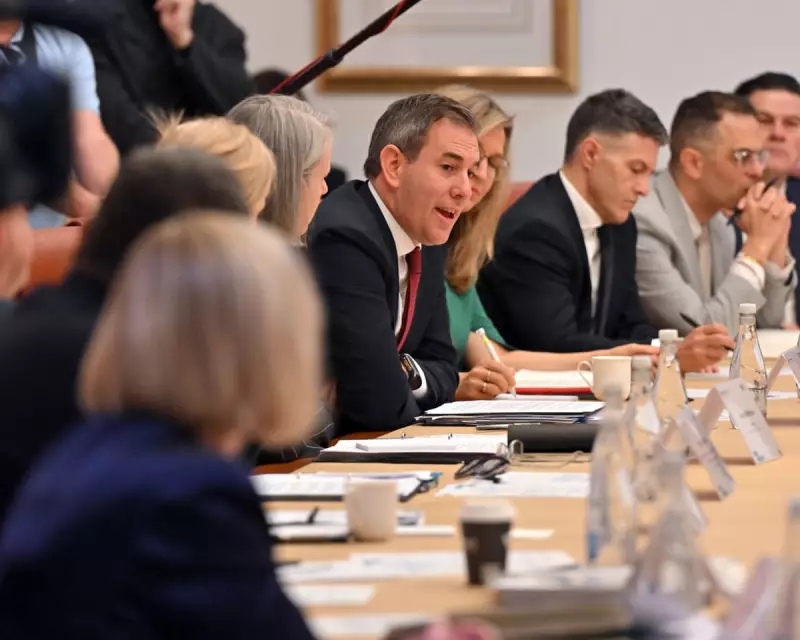
Australia stands at a economic precipice, with Treasurer Jim Chalmers confronting what experts are calling a 'make-or-break' three-year mandate to rescue the nation's declining living standards before the next election.
New analysis suggests that despite optimistic government rhetoric about navigating global economic turbulence, Australian households are experiencing a sustained erosion of purchasing power that threatens to become a permanent crisis without immediate, decisive action.
The Countdown to Delivery
Political analysts warn that Chalmers faces a rapidly closing window to demonstrate tangible improvements to voters' daily lives. With the next federal election looming in 2028, the Treasurer must engineer a remarkable economic turnaround that many consider his government's greatest challenge.
The crisis manifests in multiple dimensions:
- Persistent inflation eroding real wages despite nominal increases
- Soaring housing costs putting home ownership out of reach for many
- Rising essential living expenses outpacing income growth
- Mounting household debt creating financial vulnerability
A Nation's Patience Wears Thin
Voter sentiment data indicates growing impatience with economic management. Australians who initially accepted pandemic-related economic disruptions are increasingly questioning why their financial situation continues to deteriorate despite government assurances of recovery.
"The political danger for Chalmers," observes one senior economist, "is that temporary economic pain is hardening into permanent voter disillusionment. Three years might seem like ample time, but economic turnarounds of this magnitude require immediate action."
The Policy Imperative
The Treasurer's challenge involves navigating complex competing priorities: controlling inflation while stimulating growth, addressing housing shortages without overheating construction costs, and supporting vulnerable households without exacerbating inflationary pressures.
Success will require:
- Innovative policy solutions that break from conventional approaches
- Collaboration with state governments and private sector stakeholders
- Clear communication about realistic timelines for improvement
- Targeted support for those most affected by the cost-of-living squeeze
The coming months will prove critical as the government prepares its next budget amidst growing pressure to demonstrate meaningful progress on what has become the defining issue of this political term.





